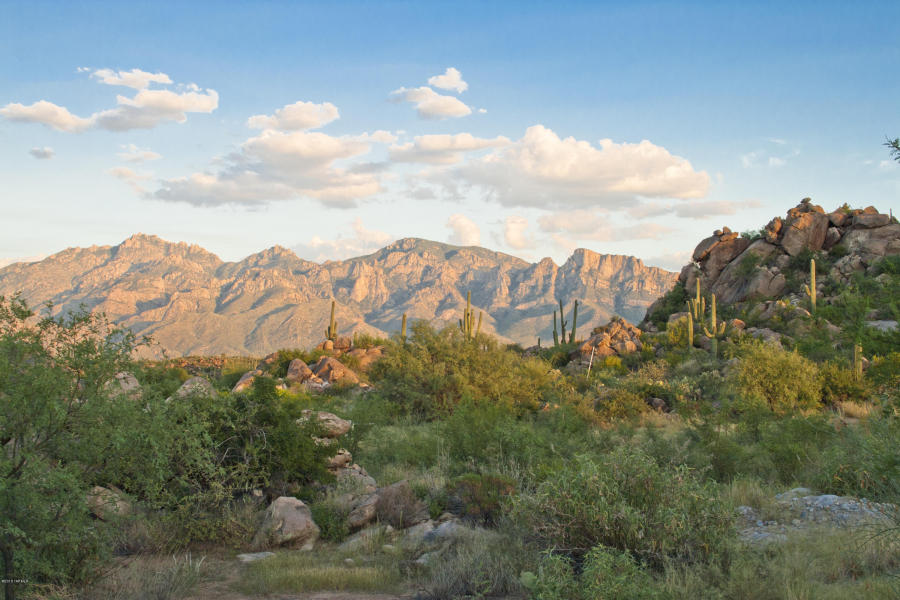
Photo by Stephen Woodall of a Stone Canyon custom lot listed by Team Woodall which is currently under contract.
This is the second in a series of articles targeted towards potential home buyers looking at building a custom home and the topics or questions they might face. Read the first article about the Pros & Cons of Building a Custom Home in Tucson. While these articles will focus on the typical issues of building a custom home in the Tucson, Arizona, metropolitan area, many of the issues may well be similar throughout the state and other parts of the country.
Now that you’ve made the decision to pursue a custom home, the next step is to begin shopping for lots. It’s worth noting that while all real estate agents have the capability to represent a buyer when purchasing a lot, the vast majority of agents have little to no experience with land. Having an agent who’s knowledgeable about all the many factors that go into a lot purchase, including the basics of the different purchase contract, is extremely important to successfully buying a custom lot. Any agent without experience in vacant land is simply working outside their area of expertise.
Location, Location, Location
Location is always a prime factor in all real estate purchases, and buying a lot is no different. First, determining which area(s) of town you’re most interested in will help guide the search process. Consider all factors like existing services (grocery stores, medical offices, entertainment venues), the proximity to your work or schools, and how well it fits into your particular lifestyle.
Next, within a general geographic location what type of community are you after? A rural setting on the outskirts of town? A gated golf community? A more central location? What zoning do you need to fit your use of the property? Do you want (or not want) a homeowners association?
While homeowners associations are often a positive factor in sustaining property values and design standards, recently HOA rule changes have impacted a couple of custom lot communities in the Tucson area. Both the Skyline and Stone Canyon communities had changes occur which necessitated either existing or future property owners to join their social/sports/golf clubs.
By the very nature of growth within towns there are commonly fewer vacant lots the closer you are to town and a wider selection of lots the further removed from town you get. Within central Tucson or even the lower Foothills area, there are not too many lots left and those that remain might be there because of challenging build circumstances or another issue that reduces its desirability. Where lots are scare, prices commonly increase.
Location means more than just an area of town, neighborhood, or street. It refers specifically to that exact piece of land. While not always the case, lots that are side by side can have vastly different characteristics. During the search process it’s vital to WALK ONTO THE LOTS! Looking at a lot from within a car on the nearby road doesn’t accurately give you the full scope of whether a lot is good or bad for your needs. Take the time and effort to step over cactus, scoot past that rattlesnake, and deal with the high heat to scour the entire lot if it looks promising from the street.
What Do You Mean My View is Getting Blocked by that Shopping Mall?
When looking to buy a lot for a custom home, one of the top priorities for most buyers is the view. Some homeowners prefer a sweeping vista of twinkling city lights, others want an expansive view of the Catalina Mountains (or Tortolita/Rincon/Tucson), and some don’t have a real preference or need anything spectacular. The privacy afforded by a lot has increasingly become an even more important topic for our clients lately. Finding a lot that doesn’t have neighbors looking into your backyard or other high traffic areas might be a high priority.
Available custom home lots often are grouped together in areas that are still under development. It’s crucial that you look beyond the boundaries of the lot itself to see how other neighboring parcels might affect your views, privacy, nearby traffic, or enjoyment of your home in the future. A lot that is surrounded by existing homes makes it easier to see these likely impacts. However, if there are adjacent vacant properties you’d want to look closely to see how and where a structure built on that nearby land is likely to impact yours.
It’s a buyer’s responsibility to do their due diligence to determine what the future may hold. As agents Team Woodall helps our clients in that process and provides tools for you to make these discoveries, but ultimately the burden sits squarely on the shoulders of the buyer. Only you know how important certain factors are to your enjoyment. One extremely helpful resource in the Tucson area is the Pima County GIS Parcel Search. Look up any address or parcel number and you will have links to a lot of relevant information about that property, including a map with all kinds of useful information that can be overlaid.
Zoning of neighboring properties is also worth investigating. This might help you discover what a current or future owner might have on their land (livestock waking you up at 5:00am may not be what you want as a daily alarm clock) or what the density of a larger undeveloped parcel will be.
While checking on the zoning is worthwhile, it’s not foolproof either. Keep in mind that just because neighboring land might have a certain type of existing zoning doesn’t mean it can’t change in the future. Looking at the likelihood of development nearby and what shape that’s going to take is vital to your enjoyment of the property and its future value. You probably don’t want that vacant land next door which you currently enjoy as open space to turn into a regional shopping mall in two years.
Topography Impacts Build Costs
Finding a lot with really unique topography like boulders can make for a gorgeous setting but may very well impact building costs. Flat lots are generally much easier and therefore more cost efficient for those on a budget. Additionally, if a buyer is very budget conscious a flat, open lot should allow an off the shelf floor plan to work in many cases. A hilly lot by contrast may require additional time (and expense) by an architect to create a suitable layout that incorporates the more rolling topography. Lots that are sloped and needing substantial grading, cutting, or fill can quickly add expense once construction starts too. Lots which sit up on hillsides and offer great views are more commonly those needing much more site preparation.
Site preparation is one of those costs in custom home building that can be difficult to estimate, even for the most experienced builder. This is especially true if any land needs to be cut into since rocky terrain and hard soil often can’t be fully determined until you start digging. Even sample drilling won’t guarantee that a vein of rock doesn’t lie just beneath the surface.
In an upcoming article we will talk specifically about choosing an architect and/or builder, but having one of each at the very least as a resource during the lot search process can be incredibly beneficial. Buyers looking to use an architect can benefit from the architect’s vision and creativity to incorporate a lot’s varied topography directly into the design. That rock outcropping or saguaro may make a perfect centerpiece for a courtyard for instance. Builders additionally can help in the selection process by providing an idea of costs necessary to get a site pad built. Using a local architect and builder who are experienced with our Tucson topography can pay real dividends.
Next up in our series of articles on custom home building will be: Choosing a Custom Home Lot, pt. 2. Topics touched on will include: utilities, public reports & affidavits of disclosure, pricing, market trends, and offer considerations.

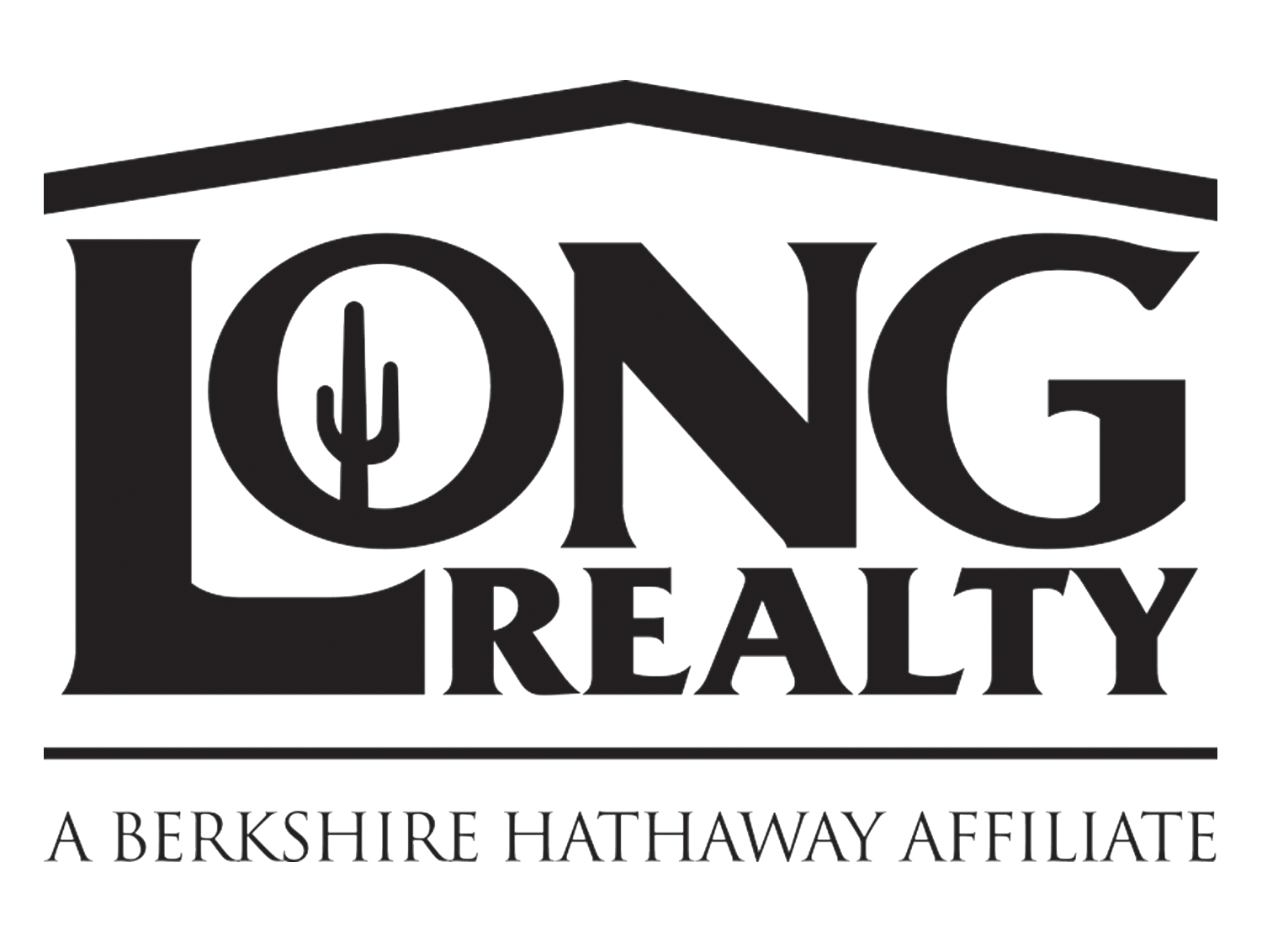

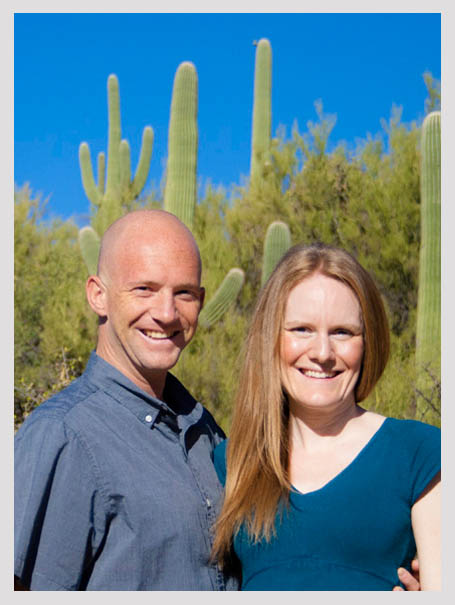


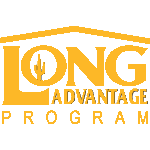
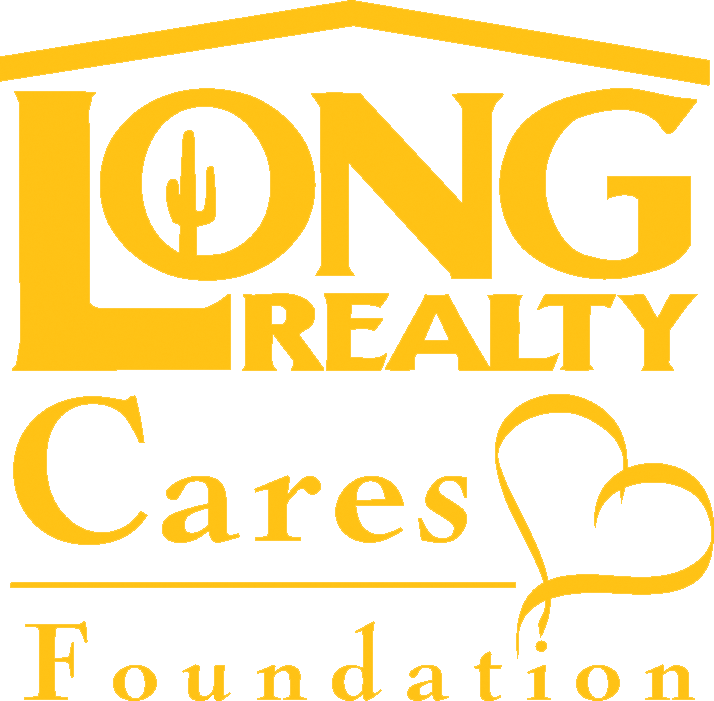
Connect With Us!